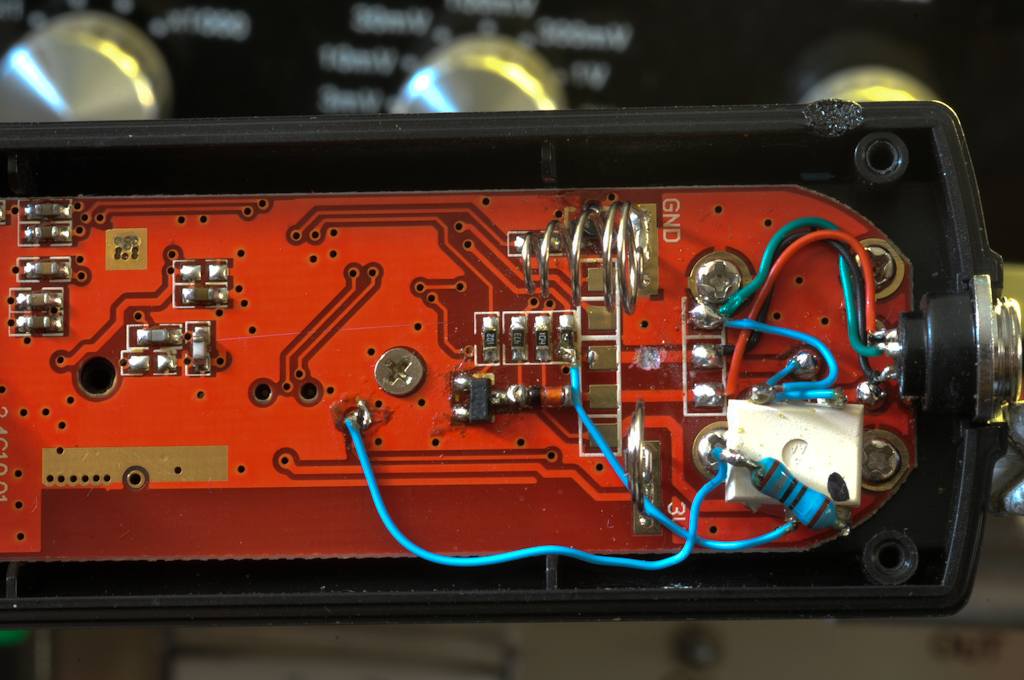Hi All,
I received a set of Yongnuo Triggers and Receivers for Christmas and managed to blow two of the receivers within 30 minutes. It turned out that 2 of the old flash guns I connected them to had trigger voltages around 170V. Needless to say the receivers stopped working very quickly after that after first trigger.
The high voltage blows the trigger transistor which is situated on the edge of the PCB just under the negative battery terminal. It can be replaced with a BC817 (surface mount NPN transistor for about 20 cents).
The problem is you still can't use those old flash guns......
I have modified the circuit and added a optoisolator with a triac driver output (part number MOC3020). These devices are good for around 400V and seem to be able to handle the trigger current. One track has to be cut and one resistor is required for the optoisolator input. (see the pic below)
I've modified both the 'faulty' receivers and so far I've had no problems. I've triggered the high voltage flash guns well over a hundred times at full power and all is working well.
I hope that maybe this can help someone else because other than the high voltage, the transmitter / receivers have been working very well.
Cheers,
Greg








 Thanks useful information:
Thanks useful information: 
 Reply With Quote
Reply With Quote Add To Bookmarks
Add To Bookmarks


 Threadstarter
Threadstarter







